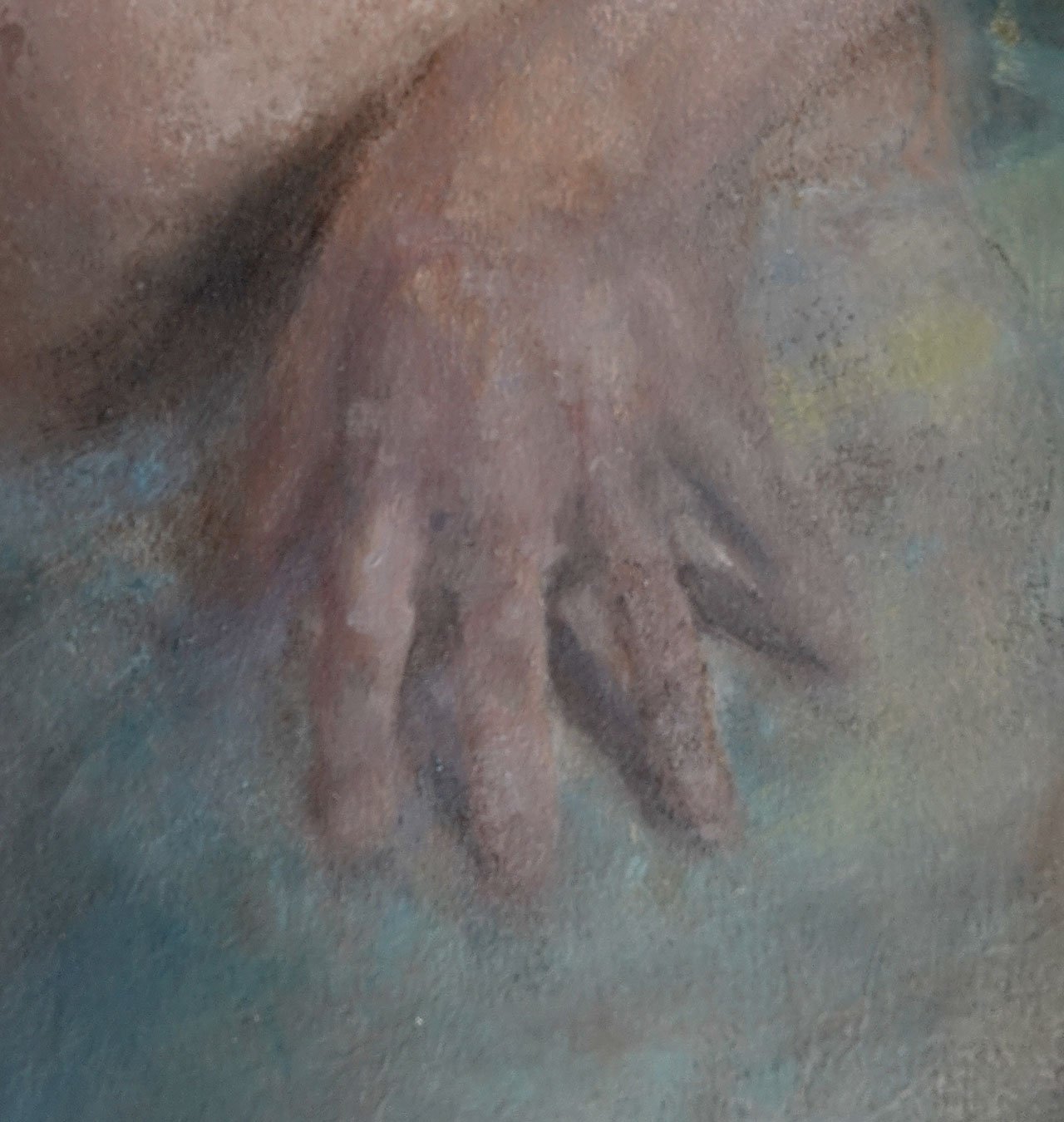The Garden Makes Eve - A Parable for Human-Environment Interactions
The Garden Makes Eve, Oil, cold wax and collage on paper, 76cm x 56cm. Anne Kearney
Eve.
Errant child? Willful scofflaw? Temptress?
Or perhaps a parable for what can happen at the intersection between human nature and human environments.
In the Genesis creation story, Adam and Eve were created with a human nature that was innocent and unselfconscious but that was also characterized by curiosity, desire for knowledge, and limited willpower. The environment in which they were placed included a forbidden tree of knowledge and a serpent. God piqued Adam and Eve’s interest in the tree by pointing out the tempting fruit and saying it was the one thing in the garden that was off-limits. Then the serpent got to work wearing down Eve’s ability to resist temptation.
Whether you interpret the story as the downfall of humankind or the rise of human enlightenment, the eating of the fruit seemed inevitable. And this interaction with the environment changed its inhabitants forever. The Adam and Eve who left the garden for broader but harsher horizons – newly aware, burdened, and banished – were as much a product of the garden as they were of their original creation.
The Garden Makes Eve is part of my recent body of work, Structural Integrity, which explores the ongoing process of how we are constructed and shaped by our environments.




